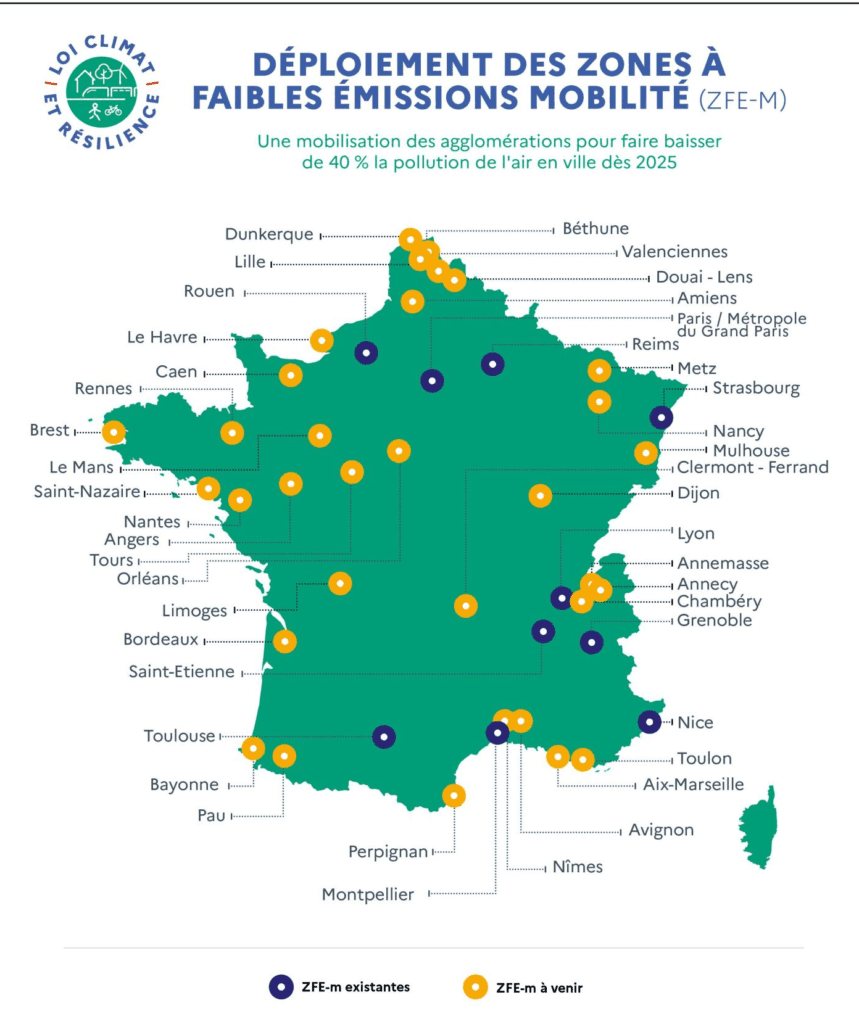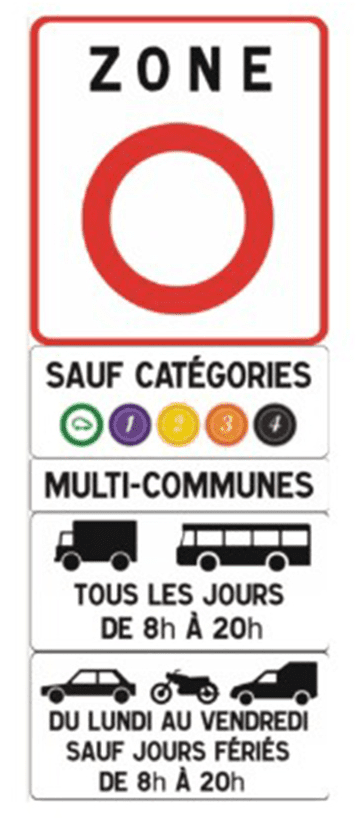Calculating latest fuel prices in France depends both on the cost of petrol/diesel and the current exchange rate. Prices will tend to be cheaper at major hypermarkets, but some small supermarkets (even in rural locations) can offer keen prices. It will tend to be most expensive on branded oil company filling stations and on autoroute services.
Diesel used to be significantly cheaper than unleaded petrol in France – no longer!. Many filling stations will offer 24/7 pumps – pay with card at all hours, and some only offer automated payment. Foreign cards are increasingly widely accepted – but beware as the pump will usually pre-authorise an amount (about €100), so ensure that you have plenty of leeway on the card.
Indicative prices based on a Calais Hypermarket and one of the best exchange rates available. You can verify the price of petrol in any French Département by visiting www.prix-carburants.gouv.fr/, which is an official French government website (in France) showing the lowest and highest prices for different grades of fuel for fuel prices in France. The table represents the lowest prices available, you may have to pay more locally, so take it as an indication only – For latest exchange rate see exchange-rates
NB From 1 July 2017, Paris and some other major cities will impose bans on diesel-powered cars and vans based on the official Euro emissions ratings.Between 2018 and 2020, the city will gradually tighten circulation permits.
See www.crit-air.fr for details of how the Vignette scheme works. Stickers (vignettes) will be available for foreigners to purchase from 1 February 2017. ALL VEHICLES WILL NEED TO DISPLAY AN OFFICIAL ECO-STICKER if you want to enter a Low Emission Zone on a day when restrictions are in place. Vehicles not displaying a vignette may be fined. To apply see www.certificat-air.gouv.fr. See the latest advice from the RAC.
Cities covered by the scheme include Paris, Grenoble, Lille, Bordeaux, Rennes, Strasbourg, Toulouse, and Marseille
Additionally other places have declared environmental zones, which means that although for most of the year no restrictions are in place, you will still need a sticker to drive there.

In France, two different types of environmental zones have been introduced in order to reduce the pollutants caused by the road traffic. In these zones traffic can be permanently or temporarily restricted. The objective is to reduce air pollution in cities by40% by2025!
The zones where the traffic is permanently restricted, are called “traffic restriction zones” (“zones à circulation restreinte – ZCR“). This type of zone is always active, even though traffic restrictions are tightened over the years.
The “air protection zones” are significantly larger comprising geographic areas, which can affect several municipalities or metropolitan regions. These zones are only activated during an air pollution peak and are then usually valid for several days only.
However, certain ZPA zones apply to the territory of an entire department. In these so-called ZPAd (“zone de protection de l’ air départementale”), particular areas with circulation restrictions are defined in case of an air pollution peak only. These zones of traffic restrictions are then temporarily activated. (www.crit-air.fr)
You can also get a smartphone app which should help drivers to understand what, if any, particular restrictions apply to an area on any day – see www.green-zones.eu
The ZFE (Zones à faibles émissions ) and ZPA (Zones de protection d’air) zones are department wide in some areas:

- Angers
- Annecy
- Auch
- Bordeaux
- Chambery
- Chartres
- Clermont-Ferrand
- Dijon
- Grenoble
- Guéret
- La Roche-sur-Yon
- Marseille
- Montpellier
- Nice
- Niort
- Orléans
- Pau
- Poitiers
- Reims
- Saint Etienne
- Strasbourg
- Toulon
- Toulouse
- Valence
- Vallée de l’Arve (Savoie around Chamonix)
